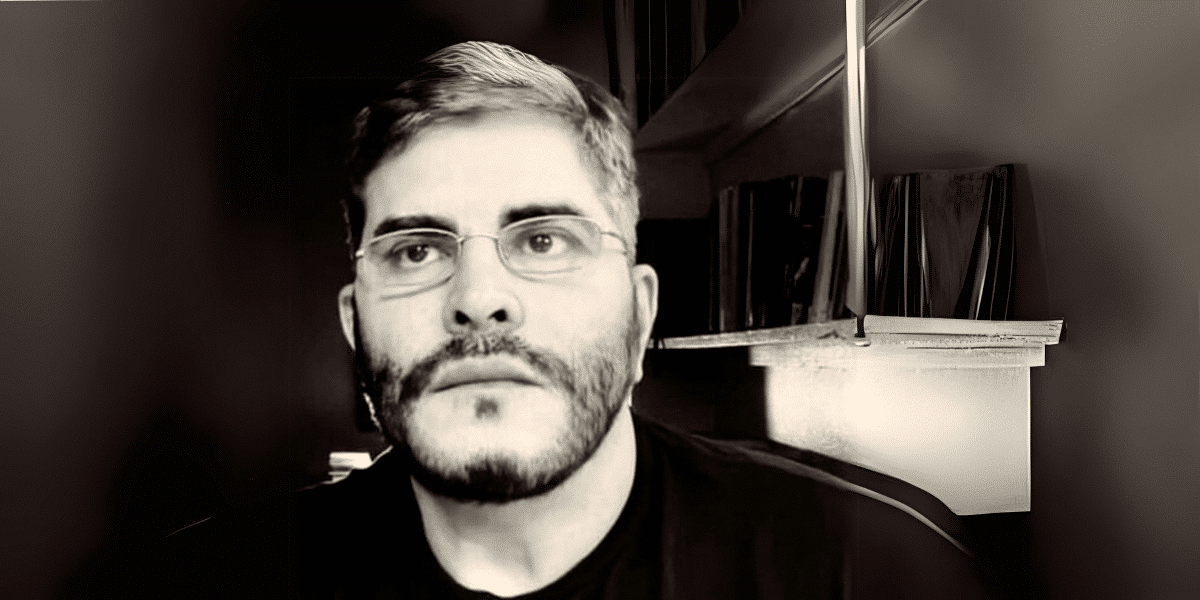Abstract art can transcend physical boundaries, touching deep-seated aspects of human emotion and experience. Although abstract art may sometimes appear unremarkable to the untrained eye, it employs colors, forms, and textures to convey profound emotions and truths that words alone cannot capture. Themes like the shift from darkness to light, chaos to structure, and familiarity to mystery find vibrant expression in abstract art. Abstract artists often dive into their subconscious, stripping away layers to produce works that resonate universally. This type of art allows individuals to connect with something greater and more spiritual, reminding us that meaning often lies beyond the visible surface, in silence and subtle influences beneath our awareness.
Osvaldo Calixto Amador, a Cuban-American abstractionist and expressionist, embodies this perspective in his art and life. Born in Havana on September 6, 1965, Amador’s early life was filled with personal challenges. At nine months old, he emigrated to Miami, Florida with his mother and sister, leaving his father behind in Cuba. They were only briefly reunited when he was 15, after which Amador’s father passed away. These life events greatly influenced the depth and reflective quality of his art, which frequently explores themes of light, spirituality, and transformation.
Despite his early struggles, Amador was an inquisitive and accomplished student. He earned a bachelor’s degree in History from Florida International University and later a master’s degree in Sociology from Nova Southeastern University. Though accepted into a psychology doctoral program, he pursued art instead, a passion that helped him express his complex emotional world.
Amador began his painting career in 2006 and quickly gained acclaim for his distinctive approach. His first major exhibition, Resurrection (2010), was supported by Miami Dade College and the City of Miami and received high praise for its spiritual and emotional depth.
Amador’s artwork is defined by using natural elements like water and fire, reflecting life’s raw and unpredictable nature. His pieces often include religious symbols like the cross, symbolizing humanity’s quest for enlightenment. Influenced by Carl Jung’s theories of the unconscious and his Catholic roots, Amador’s art serves as a medium for his spiritual journey.
In 2023, Amador expanded his artistic reach with his memoir, To Kill a Cockroach. The memoir addresses themes of isolation, belonging, and the immigrant experience, resonating powerfully with readers. Kirkus Reviews praised him as “a sympathetic storyteller who addresses these feelings with bravery and grace.”
Living in a secluded cottage in Coral Gables, Florida, surrounded by nature, Amador continues to create in harmony with his surroundings and beliefs. His art, mirroring his life, reveals a deep understanding of human complexity and the universal bonds we all share. He says, “I paint to heal my spirit and offer my inner light to the collective unconscious.”
Amador’s body of work, both in art and literature, stands as a testament to the transformative potential of art. His journey—from Cuba to Miami, from hardship to creative achievement—mirrors the themes he explores in his paintings: a search for light, meaning, and understanding amid life’s darker moments.
Published by: Josh Tatunay
















